Know what you are truly buying: The AR/FR fabric in workwear is the single largest factor in determining the garment’s protection level, comfort, and overall value. Read More

Where we share our perspective on current trends, best practices, and the future of FR safety.

Know what you are truly buying: The AR/FR fabric in workwear is the single largest factor in determining the garment’s protection level, comfort, and overall value. Read More

Incentivar a cultura prevencionista é essencial para evitar acidentes e preparar eletricista em tarefas diárias.
Muitas vezes ouvimos histórias, após a ocorrência de acidentes, de que o eletricista sempre trabalhou de forma segura e realizou seu trabalho perfeitamente. No entanto, acidentes que custam a vida de muitos desses profissionais ocorrem todos os dias. Quais os erros mais comuns e os métodos que podem ser aplicados para ajudar a preveni-los?
Read More
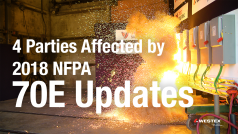
The updated NFPA 70E can be explored through the lens of parties impacted. Through analyzing party responsibility, safety engineers and managers can make informed decisions to comply. Read More

Há alguns anos, a Milliken enfrentou um cenário de extremo risco para o negócio com a entrada de diversas empresas de baixo custo e novos competidores externos representando uma ameaça crescente. Muitos concorrentes decidiram cortar seus custos radicalmente e muitos até saíram do mercado, no caminho inverso, a Milliken® se dedicava à pesquisa e investia mais em desenvolvimento do que qualquer outra empresa na indústria têxtil.
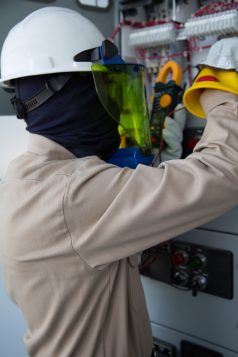
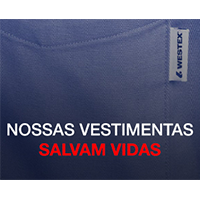
Depois de sobreviver a um acidente de arco elétrico, que o internou no hospital e exigiu um extenso processo de recuperação, Brandon Schroeder sentiu na pele a importância de compartilhar sua história. Não foi só pelo fato de ser uma narrativa impactante em sua vida, mas também pelo fato de que um acidente de arco elétrico impactou mais vidas do que a sua própria.
Com mais de 15 anos no campo e, agora, se destacando pela importância da segurança em sua própria experiência, Brandon compartilha suas histórias com eletricistas, profissionais de segurança e engenheiros para contribuir com a abordagem da indústria de segurança na prevenção de acidentes e minimização de seus impactos. Ele consegue se envolver hoje em um nível mais profundo com os usuários de Vestimentas antichama porque ele é um deles – alguém que teve que tomar decisões atentas a cada dia para retornar com vida para sua casa e sua família. Ao compartilhar sua história ele aprendeu que promover um movimento de conscientização sobre a segurança no trabalho salva a vida de pessoas.
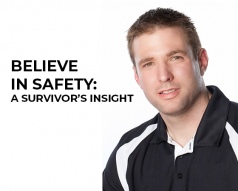
After surviving an arc flash accident, which landed him in the hospital and required an extensive recovery process, Brandon Schroeder keenly felt the value in sharing his story. Not only was it a poignant narrative, but it also drove home the fact that an arc flash accident impacts more than just you personally. Read More
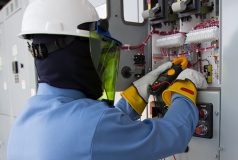
Today’s #70EChat, hosted by NECA and Westex by Milliken, brought the electrical industry together to discuss the ever-evolving world of electrical safety. Exploring the 2018 edition of NFPA 70E – and more importantly, what that means for electrical contractors – the #70EChat raised important questions, offered new perspectives, and opened the doors to further conversations in pursuit of safer practices and work environments. Read More

When a work environment is safe, workers are free to focus on their jobs. That is the driving belief behind Milliken’s commitment to safety. We are happy to announce that Milliken & Company has been included in America’s Safest Companies List. Created in 2002, American’s Safest Companies is a corporate award that honors companies who have a demonstrated commitment to employee safety and health, environment management, and risk control. Read More

As any safety manager will tell you, understanding hazards is as important as identifying them. Through understanding, you can appropriately plan for and mitigate job worksite hazards in order to build a safety program that successfully protects your employees. Read More